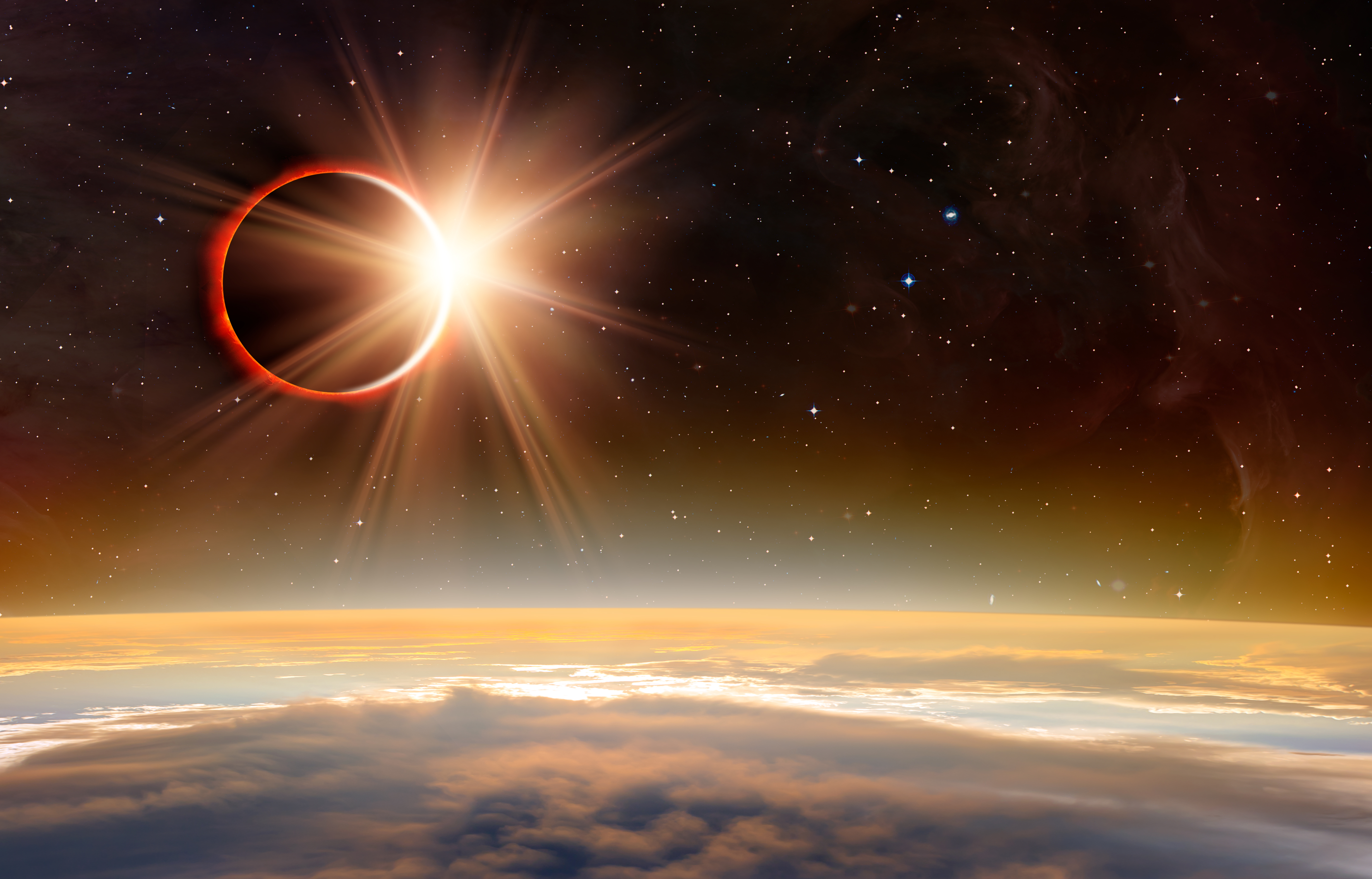On August 21, a total solar eclipse (partial in Boston) will touch the U.S. mainland for the first time since 1979, following a path that crosses the country from Salem, Oregon to Charleston, South Carolina. Tens of millions of people who live within a 70-mile radius of its cross-country track will witness the eclipse in “totality”. The American Optometric Association (AOA), America’s family eye doctors, is urging Americans to view the eclipse with proper eye protection to avoid any temporary or permanent eye damage from the sun.

- Be aware of harmful solar exposure. In general, you should never look directly at the sun without eye protection, even briefly. If you stare at the sun without protection, you may experience vision loss from “solar retinopathy”, damage to the retinal tissue at the back of your eye. There are no pain receptors in the retina, so your retina can be damaged before you realize it. There is no current treatment for solar retinopathy and vision loss may be irreversible.
- Risks during the eclipse. Looking directly at the sun is unsafe except during “totality”, the brief total phase of a solar eclipse when the moon entirely blocks the sun, which will happen only within the narrow path of totality. Depending on your location, you may or may not be in the path of totality and its duration will vary. Outside the path of totality, you must always use a safe solar filter to view the sun directly. Even when 99% of the sun is obscured during the partial phase of the eclipse, the remaining crescent sun is still intense enough to cause retinal damage. Here in Massachusetts, we will not be in the path of totality, and thus it is critical to wear recommended eye protection at all times during this year’s eclipse. One of the safest ways to avoid any potential permanent vision loss is to watch the eclipse on the television.
- Use approved solar eclipse viewers.The American Optometric Association encourages ordering solar eclipse glasses in advance and recommends referring to the American Astronomical Society’s website (https://eclipse.aas.org) for a list of manufacturers and authorized dealers of eclipse glasses and handheld solar viewers verified to be compliant with the ISO 12312-2 international safety standard. Always inspect your solar filter before use; if scratched or damaged, discard it. Read and follow any instructions printed on or packaged with the filter. Always supervise children using solar filters.
- Other precautions. If you normally wear eyeglasses, keep them on. Put your eclipse glasses on over them, or hold your handheld viewer in front of them. Sunglasses, smoked glass, unfiltered telescopes or magnifiers, and polarizing filters are unsafe. Do not look at the uneclipsed or partially eclipsed sun through an unfiltered camera, telescope, binoculars, or other optical device. Similarly, do not look at the sun through a camera, a telescope, binoculars, or any other optical device while using your eclipse glasses or hand-held solar viewer – the concentrated solar rays will damage the filter and can cause serious injury to your eyes.
- Visit your doctor of optometry. Check in with an eye doctor at North End Waterfront Health for information about safely viewing the eclipse. If you experience any problems with your eyes or vision after the eclipse, our office will be able to provide you with the medical care you need.
- To access additional information and educational materials on the solar eclipse, visit org/2017eclipse or https://eclipse2017.nasa.gov/safety.
Continue to follow NEW Health for more health and wellness tips and information.


